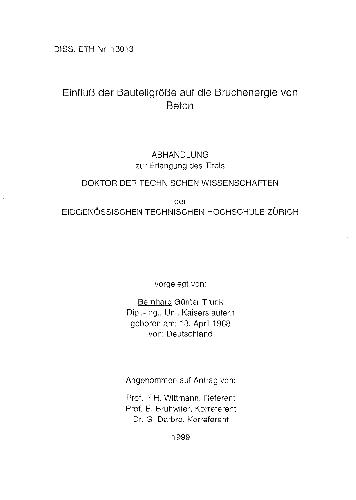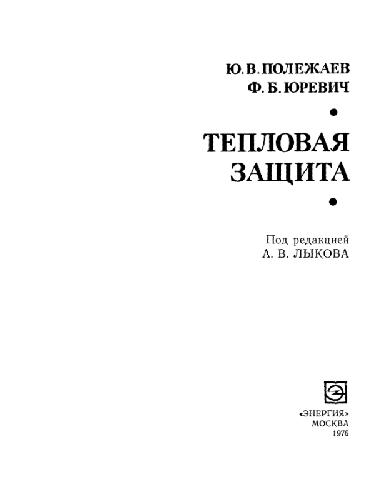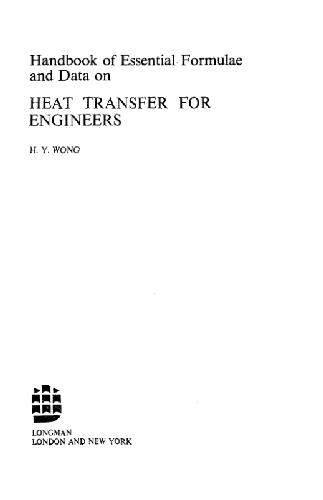Trunk B.G.
This thesis deals with experimental investigations into the size dependence of non-linear fracture mechanics Parameters of cementitious materials. The importance of the minimum representative volume is discussed. The representative volume is characterized by the maximum heterogeneity compared with the minimum structural dimension.Methods have to be developed to extrapolate the measured fracture mechanics properties from relatively small laboratory specimens to the existing structural size of large plain concrete structures such as dams. Criterions have be found to describe the transition from stable to unstable failure under displacement controlled conditions.In the introduction the history of failure theories is reviewed. Their importance for the present work is discussed.In the second chapter the state-of-the-art of failure theories is summarized. Most common models for prediction of the failure of a structure were introduced. Theories, which predict the influence of structural size on the failure are reviewed. A distinction between size dependent and size independent fracture mechanics Parameters has to bemade. The last part of this chapter deals with criterions to describe the stability of fracture with respect to different fracture models.On the basis 011 some of the failure models introduced in chapter 2, the influence of structural size and geometry m the fracture behavior is discussed in the third chapter. Furthermore experimental investigations from literature 011 the size and geometry dependence of fracture mechanics Parameters of the fictitious Crack model areintroduced. In Order to investigate the size dependence of fracture mechanics parameters the test series introduced in chapter 4 have been carried out. The wedge splitting test and the direct tension test have been Chosen to determine the non-linear fracture mechanics properties of the fictitious Crack model. The maximum size range of the wedge splitting specimens was 1:64. The ductility of materials has been scaled with the maximum aggregate size. The maximum grain size various between 0.0 1 mm for hardened cement Paste and 12.5 mm for dam concrete.The experimental results of all test series are reported in the fifth chapter.The results are interpreted in chapter 6. In this chapter a method is derived to extrapolate the non-linear fracture mechanics parameters of the fictitious Crack model from relatively small laboratory specimens to the structural size of large plain concrete structures such as dams.Stability criterions for the fictitious crack model are derived in chapter 7. It is shown, that a distinction between pre-cracked or notched and unnotched prismatic specimens has to be made in Order to predict the stability of fracture.The most important results and their importance for practical applications are summarized in the last chapter. | |







Reviews
There are no reviews yet.